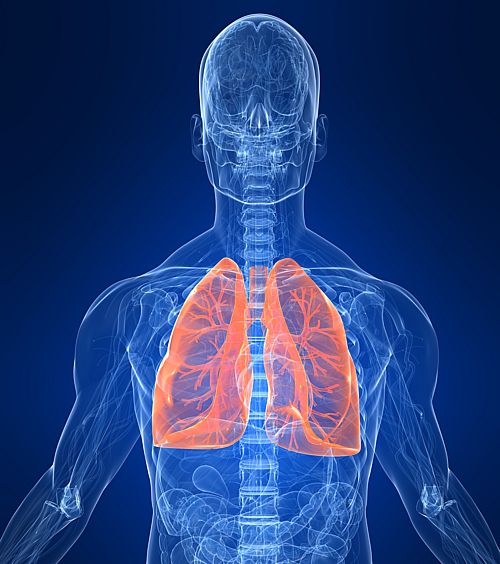Chronic Obstructive Pulmonary Disease (COPD)

SphygmoCor® offers individualized measurements of central arterial pressure waveform analysis and arterial stiffness, helping physicians assess and target arterial stiffness to reduce the high cardiovascular risk in patients with COPD.
A number of treatment options currently exist for COPD, including medications, inhaled treatments, oxygen supplementation, exercise training, and rehabilitation. The association of arterial stiffness with COPD provides a foundation for these measures to be used in investigating various strategies.
Measures of both aortic pulse wave velocity (PWV, the most common surrogate measure of arterial stiffness) and aortic augmentation index (AIx) have been shown to be highly reproducible in patients with COPD.[7] These measures have also been shown to be significant independent predictors of cardiovascular risk in a range of conditions, including hypertension, heart failure, and diabetes.[8,9]
Association between arterial stiffness and COPD
Arterial stiffness has been shown to be associated with COPD. A large number of studies have consistently demonstrated that aortic pulse wave velocity (PWV) is significantly increased in patients with COPD, compared to both healthy non-smokers and ex-smokers. [10,16]
This increase has been shown to exist across each decade of adult life[10] and in patients with mild-moderate COPD, as well as severe COPD.[15] Arterial stiffness in COPD patients has also been shown to be associated with left ventricular dysfunction,[17] skin elastin degradation,[14] and osteoporosis. [10]
Additionally, arterial stiffness increases with severity of COPD. Aortic PWV is higher in patients with more severe stages of COPD (Gold 3-4) compared with mild-moderate stages (Gold 1-2).[10,15]
Measures of central arterial pressure waveforms and wave reflections have also been reported to be higher in patients with COPD.[10,16,18]
Central aortic pressure, wave reflections and arterial stiffness are significantly higher in patients with COPD and have been shown to be associated with the severity of the condition.[3]
Measures of arterial stiffness are well-documented predictors of cardiovascular risk in a range of other conditions including hypertension, a frequent and important co-morbidity in COPD.[8]
There is a significant body of evidence in hypertension documenting the effects of pharmacological treatment on arterial stiffness.[27,29] Both pharmaceutical and non-pharmaceutical treatment strategies have been examined in patients with COPD with more positive results in patients with a higher baseline of arterial stiffness.
In a trial investigating statin treatment in COPD, patients treated with simvastatin experienced a non-significant fall in aortic PWV compared to treatment with a placebo. A significant reduction in aortic PWV was observed in those patients with a higher baseline aortic PWV (>10m/s).[19]
Similar results have been seen in a study examining fluticasone proprionate/salmeterol[20] and more recently in COPD patients treated with fluticasone furoate/vilanterol or tiotropium bromide,[21] where both treatments produced a reduction in aortic PWV in patients with elevated aortic PWV at baseline (>11 m/s).
As a large percentage of COPD patients have heart failure (and vice versa), the importance of assessing treatment in this group has been highlighted. The ability to switch between different beta blockers has been shown to be tolerated by heart failure patients with COPD and a short-term reduction in central blood pressure was observed via central arterial pressure waveform analysis when treated with carvedilol, with no change to brachial blood pressure.[22]
Non-pharmacological treatment via pulmonary rehabilitation has been shown to improve aortic PWV in patients with COPD.[13] The pulmonary rehabilitation program included exercise and nutrition and lifestyle modification over a 7-week period.
